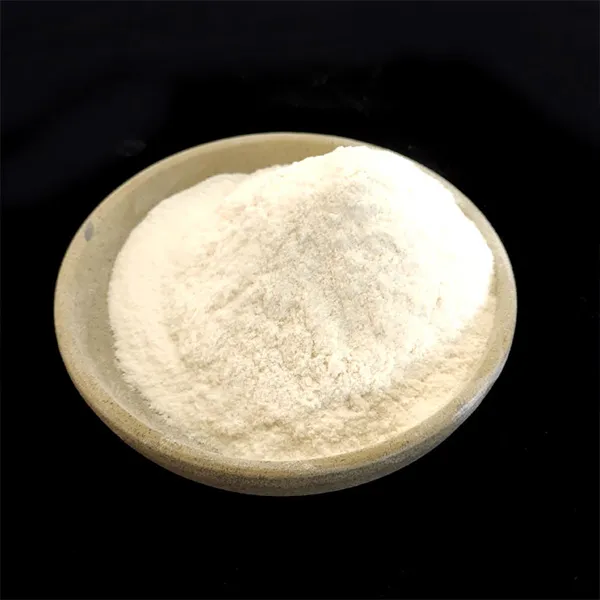The Role of Cellulose Methyl in Various Industries
Cellulose methyl, a derivative of cellulose, has gained significant attention in various industries due to its unique properties and versatility. This compound, formed by the methylation of cellulose, exhibits improved solubility in water and organic solvents, making it an essential component in applications ranging from pharmaceuticals to food production.
One of the most notable characteristics of cellulose methyl is its ability to form gels and films. This property is particularly advantageous in the pharmaceutical industry, where cellulose methyl is used as a binding agent in tablet formulations. It helps in controlling the release of active ingredients, ensuring that medications are delivered effectively and efficiently to patients. Furthermore, cellulose methyl’s non-toxic nature makes it a preferred choice in drug delivery systems, contributing to patient safety and compliance.
In the food industry, cellulose methyl is utilized as a thickening and stabilizing agent. It enhances the texture and consistency of a wide range of products, including sauces, dressings, ice creams, and baked goods. By improving the mouthfeel and preventing separation, cellulose methyl plays a crucial role in enhancing overall consumer satisfaction. Additionally, its ability to retain moisture helps extend the shelf life of food products, making it a valuable ingredient in modern food processing.
cellulose methyl

The cosmetic industry also benefits from the incorporation of cellulose methyl in various formulations
. It is commonly found in creams, lotions, and gels due to its emulsifying properties. Cellulose methyl helps to maintain the stability of emulsions, ensuring a smooth and consistent application on the skin. Furthermore, its film-forming abilities provide a protective barrier on the skin, enhancing the longevity of cosmetic products.Beyond these industries, cellulose methyl has also found applications in construction and textiles. In the construction sector, it is used as an additive in cement and plaster, improving workability and adhesion. In textiles, cellulose methyl acts as a finishing agent, providing water repellency and enhancing the overall durability of fabrics. Its versatility makes it an indispensable component across various sectors.
Sustainability is also a crucial factor in the growing popularity of cellulose methyl. As a biodegradable and renewable resource derived from natural cellulose, it aligns with the increasing demand for environmentally friendly products. Companies are now focusing on creating biodegradable alternatives to synthetic materials, and cellulose methyl stands out as a promising candidate due to its eco-friendly properties.
In conclusion, cellulose methyl is a multifaceted compound that significantly impacts numerous industries. Its unique physical and chemical properties enable it to serve various functions, from improving drug formulations to enhancing food products and cosmetics. As industries continue to prioritize sustainability and safety, the demand for cellulose methyl is likely to rise, paving the way for innovative applications and solutions. The future of cellulose methyl appears promising, with ongoing research exploring its potential in new fields, further solidifying its role as a vital ingredient in modern manufacturing and production processes.
-
Rdp Powder: Key Considerations for Wholesalers in the Building Materials IndustryNewsJul.08,2025
-
Key Considerations for Wholesalers: Navigating the World of Hpmc - Based ProductsNewsJul.08,2025
-
Hpmc Detergent: Key Considerations for WholesalersNewsJul.08,2025
-
Key Considerations for Wholesalers: China Hpmc For Tile Adhesive, Coating Additives, Concrete Additives, and MoreNewsJul.08,2025
-
Crucial Considerations for Wholesalers: Navigating the World of Construction MaterialsNewsJul.08,2025
-
Key Considerations for Wholesalers Sourcing Additive For Cement, Additive For Concrete, Additive For Putty from Additive Manufacturer Shijiazhuang Gaocheng District Yongfeng Cellulose Co., Ltd.NewsJul.08,2025




